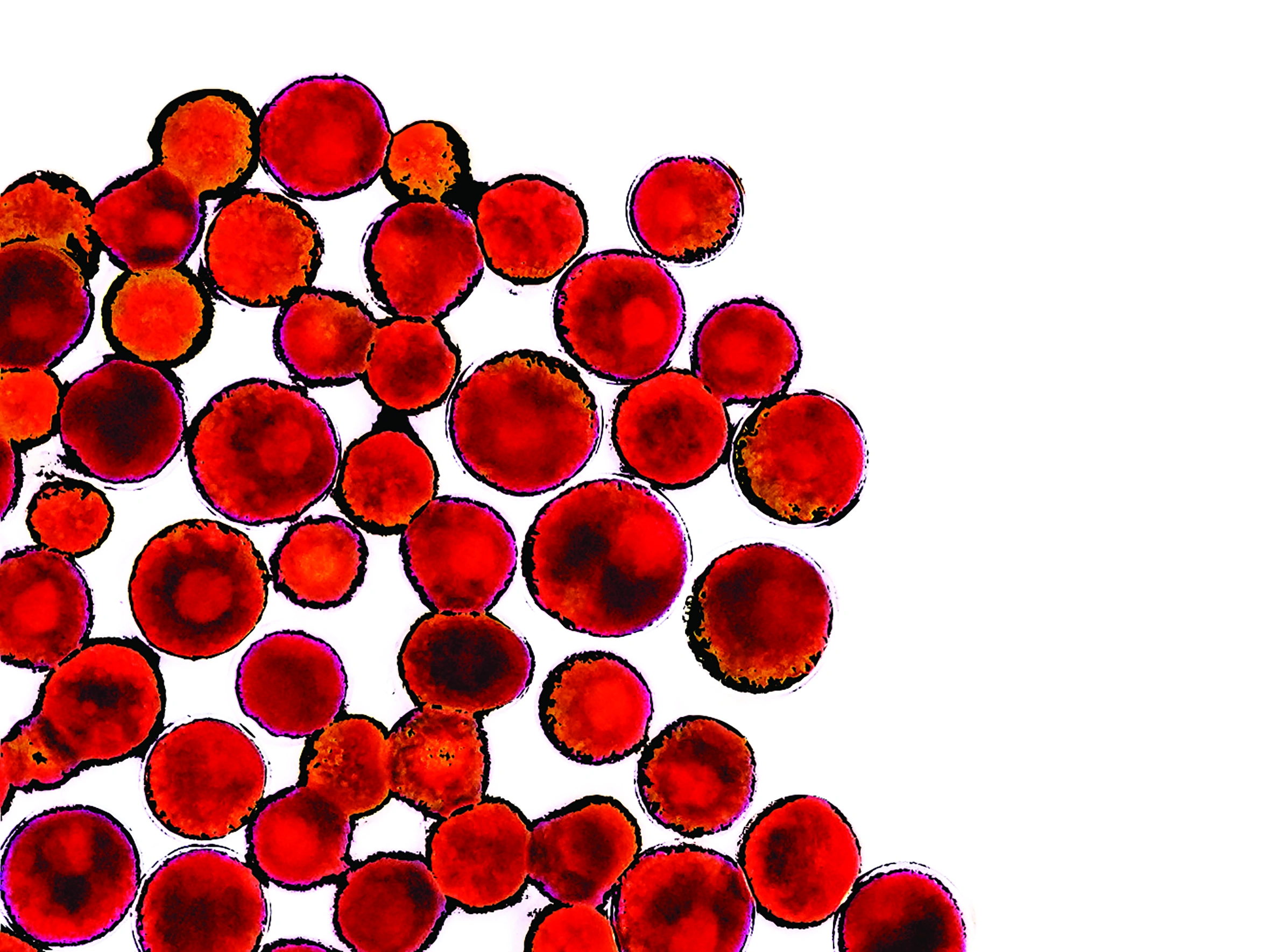Schmuckmuseum Pforzheim – Q&A with Cornelie Holzach

John E. Kaye

The European caught up with Cornelie Holzach. Cornelie serves an important role as the director of the Schmuckmuseum Pforzheim, a jewellery museum of global renown. This interview not only spans her career and impact on bringing new contemporary artists into the spotlight, but also touches on the historical and modern collections of the Jewellery Museum.

Cornelie Holzach, Director of Pforzheim’s Jewellery Museum | © Schmuckmuseum Pforzheim | Photo by Winfried Reinhardt
Tell us about your background. Where did you grow up, where did you study, previous experience?
First of all, I am of course very delighted about this vote, it is a great honour to the whole museum!
To your question: I grew up in Reutlingen near Stuttgart. After my A-levels I made an apprenticeship as a goldsmith, which was followed by studies of jewellery design at the University of Applied Arts in Pforzheim, where I later worked as a scientific officer as well as art history in Karlsruhe. Among others I worked at the Museum of Applied Arts in Vienna and came to Pforzheim’s Jewellery Museum in 1997, which I have been directing since 2005.

Entrance to Pforzheim’s Jewellery Museum | © Schmuckmuseum Pforzheim | Photo by Winfried Reinhardt
Introduce us to the Schmuckmuseum Pforzheim (Pforzheim Jewellery Museum). What makes it so special?
Devoted to the history of jewellery, Pforzheim’s Jewellery Museum is the world’s only museum in public ownership that is dedicated exclusively to jewellery. Its collections comprise thousands of historical, as well as contemporary pieces: originals from five millennia, starting from prehistoric times to the present day. The museum’s highlights include exquisite specimens from Greek and Etruscan antiquity and from the Renaissance and the Baroque periods, as well as outstanding examples of Art Nouveau jewellery, plus its unique collection of contemporary art jewellery created since 1960.
Special exhibitions spotlight individual facets of jewellery, thus giving visitors an opportunity to repeatedly rediscover the museum.
Furthermore, the building it is housed in, the Reuchlinhaus, is a gem in its own right. Designed in the International Style it is an homage to Ludwig Mies van der Rohe.

The newly designed ethnographic collection | © Schmuckmuseum Pforzheim | Photo by Winfried Reinhardt
Tell us about the visitor types and the guest services you can provide. What are the visitor profiles?
Our visitors range from individual travellers to tour groups and school classes as well as professionals from all over the world and of course people from Pforzheim. The museum also has a café, where you can enjoy the views of the municipal garden. Architect Manfred Lehmbruck planned the building for this place from the start.
If you’re an individual traveller you can be accompanied through our collections by friendly robot Loui. Polite as he is, he asks for your favours and offers a tour according to your points of interest, whether chronologically or by other criteria. Children can go in search of animals that “live” in the museum or discover the diverse materials of the jewellery pieces on display. At the moment he only speaks German, but he wishes to learn English in the future.
Furthermore, there is an audio-guide, in German, English and French as well as for children, which in addition also is available as an app on the visitors’ phones.
And of course, you can take part in a classic guided tour, either booked for a group or every Sunday at 3pm for single visitors.

Robot Loui, who gives visitors an individual tour of the museum | Photo by Robolution
What do you feel impresses your guests most about the Schmuckmuseum?
What I keep hearing from visitors is that they are impressed by the breadth of the collection and its quality – there are only originals on display. Also, it’s the way our pieces are presented in this building and its special architecture, which is a total work of art decidedly planned as a jewellery museum. In addition, they like its location in the green and the views of the garden you can have from different places inside – and the treats in the café…

Visitors in the modern collection | © Schmuckmuseum Pforzheim | Photo by Winfried Reinhardt
How would you describe your leadership style and what does it mean to the Schmuckmuseum Team?
Compared to the number of objects in our collection we are a rather small team, the core of which consists of four people including me. Thus, we have short ways and a low hierarchy. We decide about our exhibition and project plans together and also have developed several exhibitions together in the meantime. Our December 2021 newly designed ethnographic collection was such a “democratic project”. All in all, my experience is that we work best together if everyone has a certain amount of freedom for their own creativity in their area.

A cloud of jewellery in the newly designed ethnographic collection | © Schmuckmuseum Pforzheim | Photo by Winfried Reinhardt
How does Schmuckmuseum choose what kind of exhibitions to host or which artists to show? What are the criteria for this judgment?
The criteria are basically linked to our permanent exhibition and its focal points. We alternate between historical and contemporary topics as well as others focusing on ethnographic jewellery or on pieces that are linked to Pforzheim. Furthermore, cultural-historical issues are important to us – our aim is to tell history and stories about jewellery and through jewellery.

Pectoral | Gold, diamonds, enamel | Spain, about 1700 | © Schmuckmuseum Pforzheim | Photo bGünther Meyer
In your dealings with the contemporary jewellery community over the past 15 years, what are the most noticeable changes you have observed?
One aspect that strikes me is that jewellery designers often find interesting combinations of old and new styles or techniques for their new creations. Their look back is not nostalgic, but innovative and thus allows for forward-looking designs. Guilloche, a kind of mechanical engraving, can be taken as an example. It is no longer just used for metal, but also for plastic, and combined with 3D-printing in one and the same piece.
Let me insert a short “commercial break” here: Close by there is another museum, which belongs to us: the Technical Museum of Pforzheim’s Jewellery and Watchmaking Industries. There you can see, for instance, how guilloche used to be made, and there are many other historical machines from the city’s heyday in the jewellery sector giving a vivid insight into traditional manufacturing techniques.

Bangle | Acrylic, Polyester | Peter Chang Glasgow, 1998 | © Schmuckmuseum Pforzheim | Photo by Rüdiger Flöter
What excites you about the future of Schmuckmuseum?
One project is “Ornamenta 2024“ (ornamenta2024.eu/en), which is Pforzheim-based but extends to the northern Black Forest, including exhibitions, interaction, installations, participation etc. and which the Jewellery Museum will also be part of. Regarding exhibitions of our own, I am curious about new artists and new thematical combinations. I am also very excited about the digital expansion of our collections as well as of the visitor approach.
Further information
General: schmuckmuseum.de/en/index.html
Exhibitions: schmuckmuseum.de/en/exhibitions.html
Events (German language only): schmuckmuseum.de/veranstaltungen.html
Words of Welcome by Cornelie Holzach, Director of Pforzheim Jewellery Museum – youtube.com/watch?v=KXRBtLaiuMo



Sign up to The European Newsletter
RECENT ARTICLES
-
 Book Review: A history of the world told by animals — and it changes everything
Book Review: A history of the world told by animals — and it changes everything -
 Make a list, check it twice: expert tips for running Christmas in hospitality
Make a list, check it twice: expert tips for running Christmas in hospitality -
 December night sky guide: what to look for and where to find it
December night sky guide: what to look for and where to find it -
 Four Seasons Yachts reveals overhauled 2027 Mediterranean programme
Four Seasons Yachts reveals overhauled 2027 Mediterranean programme -
 The European road test: MG’s new electric flagships, the Cyberster and IM5
The European road test: MG’s new electric flagships, the Cyberster and IM5 -
 Historic motorsport confronts its energy future
Historic motorsport confronts its energy future -
 Protecting the world’s wild places: Dr Catherine Barnard on how local partnerships drive global conservation
Protecting the world’s wild places: Dr Catherine Barnard on how local partnerships drive global conservation -
 We ditched Cornwall for North Norfolk — and found a coast Britain forgot
We ditched Cornwall for North Norfolk — and found a coast Britain forgot -
 How BGG became the powerhouse behind some of the world’s biggest wellness brands
How BGG became the powerhouse behind some of the world’s biggest wellness brands -
 Exploring France’s wildest delta: Julian Doyle on the trail of white horses, black bulls and the hidden history of the Camargue
Exploring France’s wildest delta: Julian Doyle on the trail of white horses, black bulls and the hidden history of the Camargue -
 “Embarrassment is killing men”: leading cancer expert warns stigma hides deadly truth about male breast cancer
“Embarrassment is killing men”: leading cancer expert warns stigma hides deadly truth about male breast cancer -
 Diving into… Key West, Florida
Diving into… Key West, Florida -
 Nick Mason leads celebrity line-up at London Motor Week
Nick Mason leads celebrity line-up at London Motor Week -
 The simple checks every man should do for breast cancer
The simple checks every man should do for breast cancer -
 Concerto Copenhagen marks Danish EU presidency with gala at Bozar
Concerto Copenhagen marks Danish EU presidency with gala at Bozar -
 What effective addiction treatment looks like today
What effective addiction treatment looks like today -
 NOMOS Glashütte named Germany’s best sports watch brand 2025
NOMOS Glashütte named Germany’s best sports watch brand 2025 -
 Stars, supermoons and shooting fireballs: why November’s sky is unmissable
Stars, supermoons and shooting fireballs: why November’s sky is unmissable -
 “Derbyshire is both a treasure and a responsibility” — William Glossop on the New Heritage Shell Guide
“Derbyshire is both a treasure and a responsibility” — William Glossop on the New Heritage Shell Guide -
 Inside the Maldives’ most exclusive getaway
Inside the Maldives’ most exclusive getaway -
 Tripadvisor says this is one of the best hotels on Earth — we went to see for ourselves
Tripadvisor says this is one of the best hotels on Earth — we went to see for ourselves -
 Britain’s most storied guidebook series returns with a Derbyshire volume that mixes celebration with stark warnings of industrial devastation
Britain’s most storied guidebook series returns with a Derbyshire volume that mixes celebration with stark warnings of industrial devastation -
 Michelin shortlists Croatia’s Villa Nai 3.3 as one of the world’s best-designed hotels
Michelin shortlists Croatia’s Villa Nai 3.3 as one of the world’s best-designed hotels -
 Drive your own safari: why Kruger is Africa’s most accessible wildlife park
Drive your own safari: why Kruger is Africa’s most accessible wildlife park -
 Oggy Boytchev on Sardinia, an island of contrasts
Oggy Boytchev on Sardinia, an island of contrasts



























